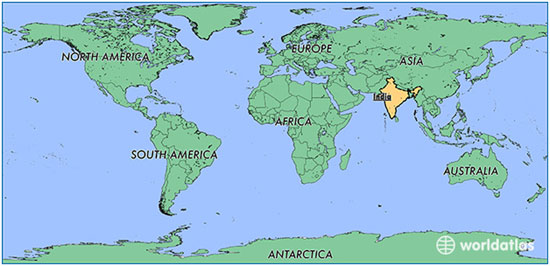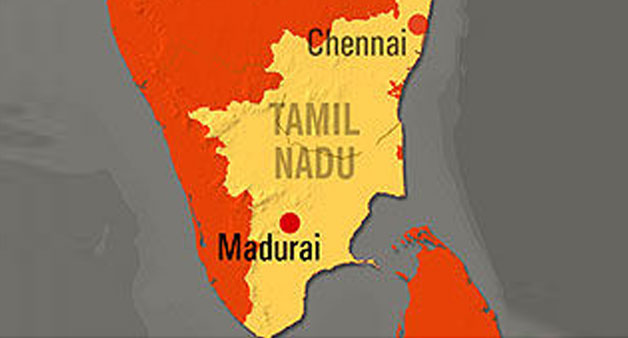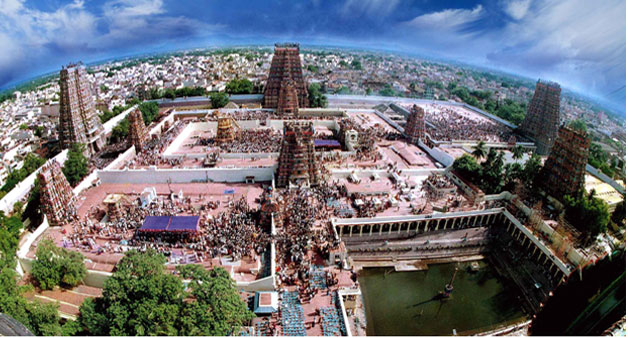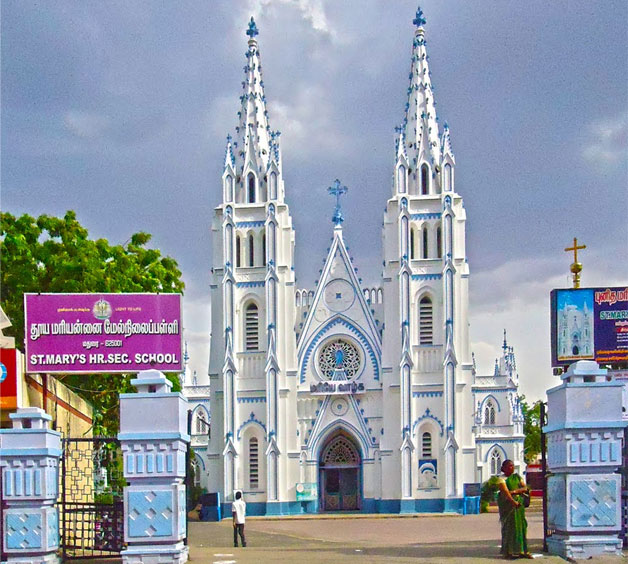Location and Direction
Location and Direction

Where Is India?
Located in the continent of Asia, India covers 2,973,193 square kilometers of land and 314,070 square kilometers of water, making it the 7th largest nation in the world with a total area of 3,287,263 square kilometers.
India became an independent state in 1947, after gaining its sovereignty from The United Kingdom. The population of India is 1,205,073,612 (2012) and the nation has a density of 405 people per square kilometer.
The dialing code for the country is 91 and the top level internet domain for Indian sites is .in. India shares land borders with 6 countries: China, Bangladesh, Burma, Nepal, Bhutan, Pakistan. To learn more, visit our detailed India section.
Location of Tamilnadu in India
History And Geography
The State of Tamil Nadu has a hoary antiquity. Though early sangam classics throw historical references, we pass to recorded history only from the Pallavas.
The southern states of India were under the hegemony of the Cholas, the Cheras and the Pandyas for centuries. The Pallavas held supremacy from about the second quarter of the fourth century A.D. They were the originators of the famous Dravidian style of temple architecture. The last Pallava ruler was Aparajita, in whose reign the later Cholas under Vijayalaya and Aditya asserted themselves by about the 10th century. At the end of the 11th century, Tamil Nadu was ruled by several dynasties like the Chalukyas, Cholas and Pandyas. In the two centuries that followed, the imperial Cholas gained paramountcy over South India.
Muslims gradually strengthened their position, which led to the establishment of the Bahamani Sultanate, by the middle of the 14th century. At the same time, the Vijayanagar Kingdom quickly consolidated itself and extended its sway over the whole of South India, and at the close of the century, Vijayanagar became the supreme power in South. However, it crumbled at the battle of Talikota in 1564 to the confederate forces of the Deccan Sultans.

Tamil Nadu is bounded on north by Andhra Pradesh and Karnataka, on the west by Kerala, on the east by the Bay of Bengal, and on the south by the Indian Ocean.

About Madurai
Madurai, also known as the temple town of Tamil Nadu can be located on the banks of the Vaigai River. Built by the Pandyan king Kulasekhara, this city is historically very important and boasts of a rich cultural heritage. It is an important town and has great religious significance. Madurai is also famous commercially and is known all over the world for its fresh sweet scented jasmine flowers.
Climate of Madurai
Madurai experiences a dry and hot climate marks the climatic condition. The winters in Madurai in Tamil Nadu remain very pleasant and is the best tine to visit this city. October to December remains the rainy season and the average annual rainfall received in this city is about 86 cm.

St. Mary’s Church

Tourist attractions in Madurai
Large number of travelers and pilgrims from all over the country come to Madurai to visit the various temples and religious places in the city. Counted as one of the major pilgrimage and religious sites in India, Madurai is dotted with numerous temples and monuments, which are flocked by the tourists. It is through the religious sites that the cultural richness of the place is reflected. Some of the major tourist places, which are largely visited by the pilgrims and tourists alike, are the following:
- Meenakshi Temple
- Azhagar Koyil
- Gandhi Museum
- Thiruparankundram
- Thirumalai Nayakar Mahal
- Kazimar Periya Pallivasal
- Vandiyur Mariamman Teppakulam
Transportation in Madurai
You can reach Madurai very easily. To facilitate the travelers, this city is connected by almost all modes of transport. You can access the Madurai Airport, which facilitates the visitors coming from all parts of the country. The Madurai railway station has been recognized as one of the busiest railway stations in India. You can take the roadways as well to get to this religious city.